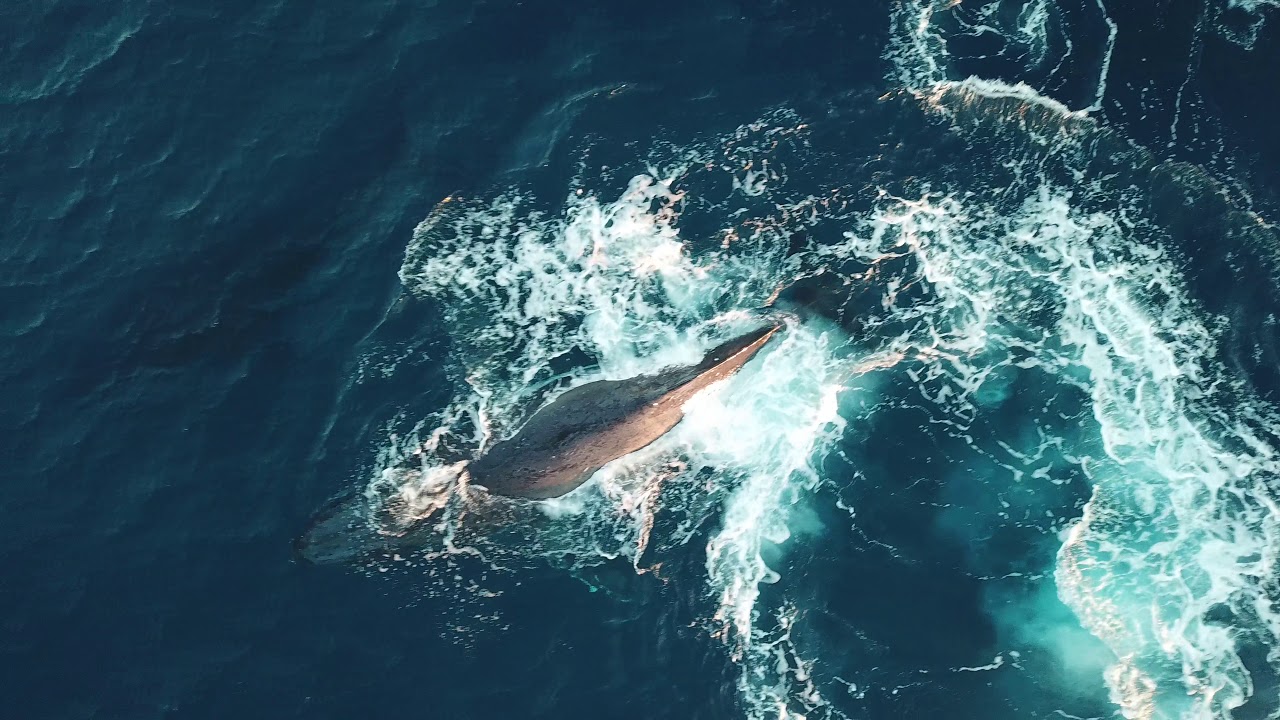So I have a ton of video and photographs, shot from multiple cameras, to include my relatively new DJI Mavic Pro. The intro to our home video is a mash-up of some of those drone shots.
A couple interesting notes about it.
First - I was really, really surprised that the TSA did not care that I was carrying about my drone with batteries all in a hard case in my backpack. I figured it would set off some interest. None at all.
Before flying the drone, I checked with all the surrounding parties. On the boat, I asked permission from the Captain, and all of the people that were aboard so that I didn’t interfere with anyone’s vacation. They all loved the idea, and even moreso after I showed them some video of the first flight from the deck. The Mavic Pro has some pretty quiet prop tips. I’d guess that people were only aware of its presence and location during the takeoff and landing. Once it was moved away a hundred feet or so…you’d be hard pressed to hear it. Most people never knew when it was flying.
On the island, I asked the island director, and he showed me the two places I was allowed to fly from. Indeed, those two places matched up the launch points the DJI software allowed for. If you try to launch inside the airport zone, it won’t let you fly.
I used the Australia CASA app to determine legal places to fly the drone. Coupled with the DJI app that connects to the controller/phone, the DJI will actually physically stop the drone from penetrating airspace or restricted areas. It is really nifty software that helps keep you out of trouble.
The altitude limit in Australia is 120 meters - the same as the United States (400’). The DJI won’t allow you to fly over 120 meters if you use the default settings (I did). So all footage was shot from 120 meters or lower.
I researched all of the CASA rules (aviation rules) and park rules…however there was one rule I was unaware of and that is that you aren’t allowed to use a drone over whales. Well, you are, but you have to do it above 500 meters. For some reason, drones are classified as helicopters, and so there ya’ go. With the legal altitude limit being 120 meters, then obviously any top-down video of a whale violates that rule. That isn’t a CASA rule, but rather a wildlife/resources rule. I have seen conflicting information that suggests 100 meters for drone as a separate entity from helicopters, also put out from a government agency:

That said, I didn’t know any of the rules regarding that, and the whale encounter was a chance one while flying my drone about 150 meters off the coast of Lady Elliot Island. Once I got back to the mainland (no internet on the island), I did some researching and found that I might have broken some rule. As a mea-culpa, I self reported my self via the CASA drone hazard online form (although I don’t think it was necessarily a hazard), and am waiting to hear back. I explained that I thought I flew the drone contrary to the rules out of ignorance, but that I had heavily researched the aviation rules. So we’ll see what happens. I didn’t take any additional whale footage for the rest of my stay in Australia.
An interesting aside about that. There were a couple marine biologists on paddle-boards out during that whale encounter and they paddled toward the whales to swim with them (also apparently contrary to rules) but they were absolutely thrilled with my footage when I gave it to them. So I’m hoping it is one of those “tsk-tsk” things and we can all consider ourselves more educated. I will say though…that the speed those whales were roaring through the water, I think there was zero chance they could hear a drone 200-300’ over them.
Also of interest. The Mavic is pretty easy to fly. GPS stabilized, the camera is gyro stabilized, and much of this footage was taken with only my second flight of the drone ever. It was on the job learning…and I was pretty happy with the result. I was scared to death my drone was going to “not come back” and end up in the ocean many times…but the software is really, really good.
EDIT: Re-uploaded with 4K video:

